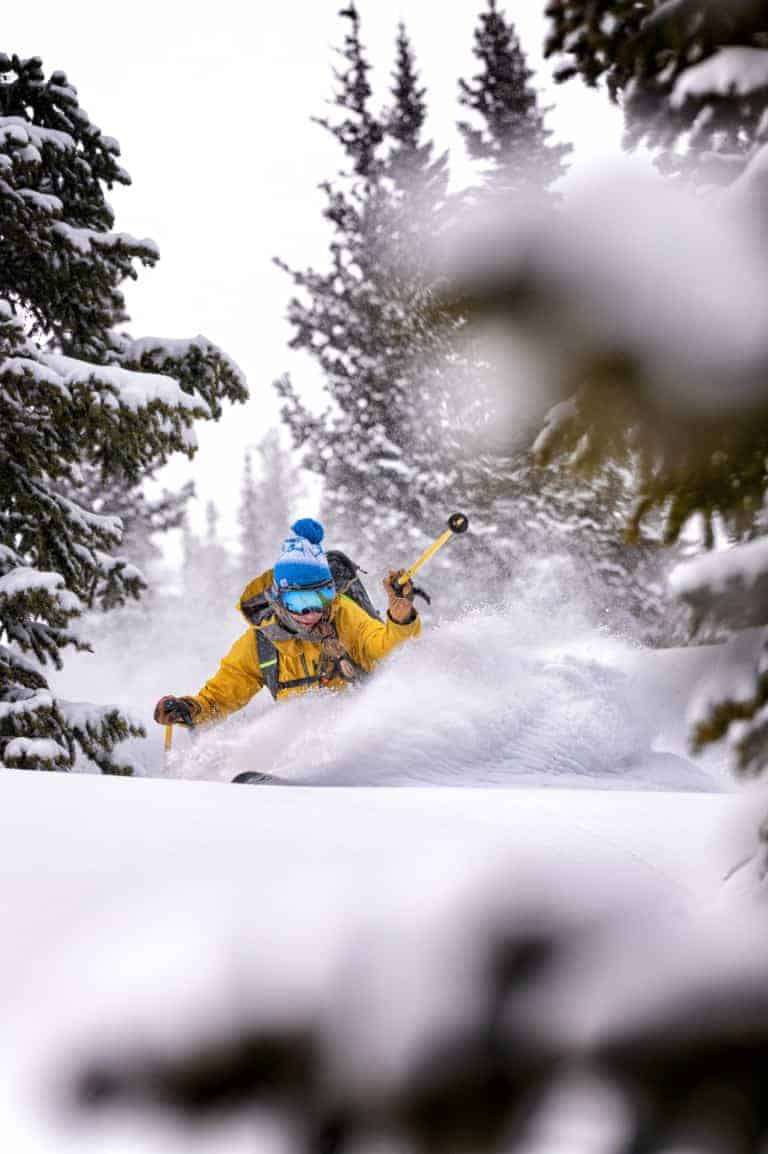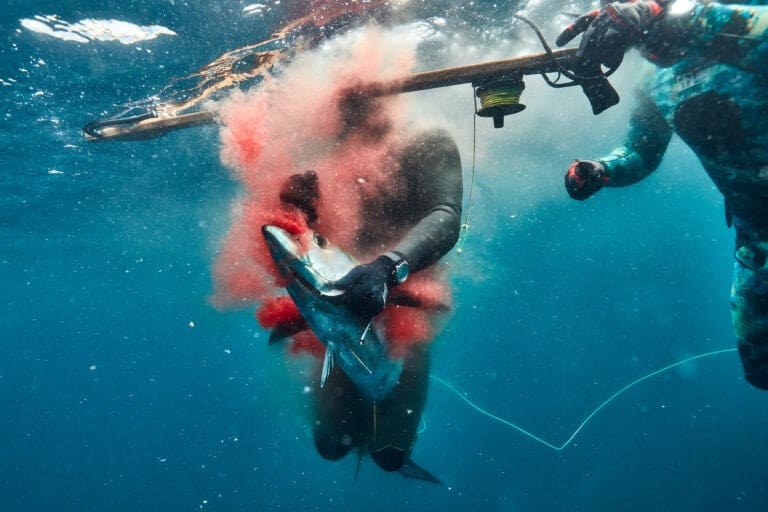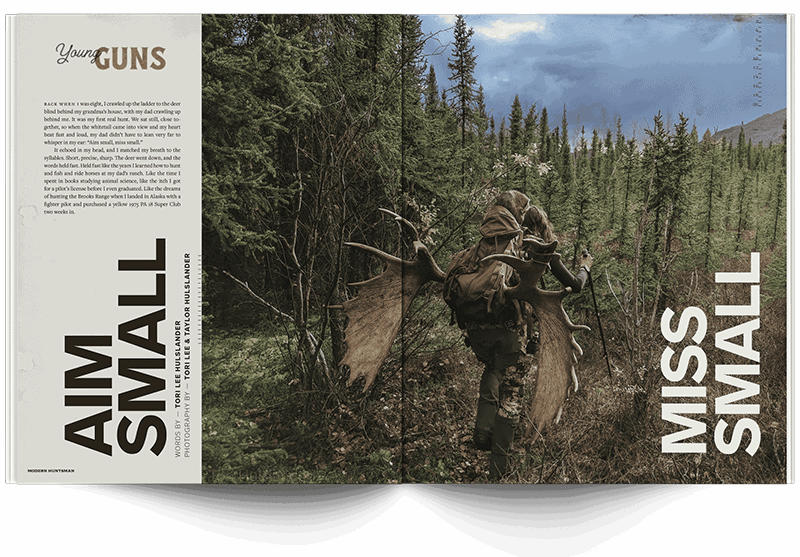In my home state of Texas, there are few who have done more to fund conservation and the protection of wildlife, habitat and natural resources than the Texas Parks and Wildlife Foundation (TPWF). As the official nonprofit partner of the Texas Parks and Wildlife Department (TPWD, or “the Department”) — the state agency that conserves land and water resources and provides outdoor recreation opportunities — the Foundation has raised over $190 million in private funds since 1991 to support the Department and other conservation partners.
These dollars have been applied to a myriad of projects across the state, and TPWF’s commitment to fundraising has created collaborative partnerships that have produced some of the most successful and diverse wildlife and habitat management programs in the United States. It is a true conservation story with many chapters.
Less than 3% of Texas is accessible to the public. In partnership with the Department, TPWF seeks to improve that number by increasing access to wild places, and provide more hunting, fishing and outdoor recreation opportunities in Texas. One of the most exemplary projects to date is the Powderhorn Ranch, situated about 110 miles southwest of Houston on the coast. In the past few years, TPWF has raised nearly $50 million to acquire, restore and help manage this 17,351-acre piece of land — one of the last contiguous pieces of native coastal prairie left in Texas. Collaborating with the Department, a large landscape-scale management and infrastructure development plan was created, and in October 2018, 16,000 of those acres were endowed to the state as a publicly accessible wildlife management area.
Colonel Grahame Jones, the Director of Law Enforcement who oversees the 550 game wardens serving in the state of Texas
Unique to the region, Powderhorn Ranch represents one of the most critically threatened habitats in the






